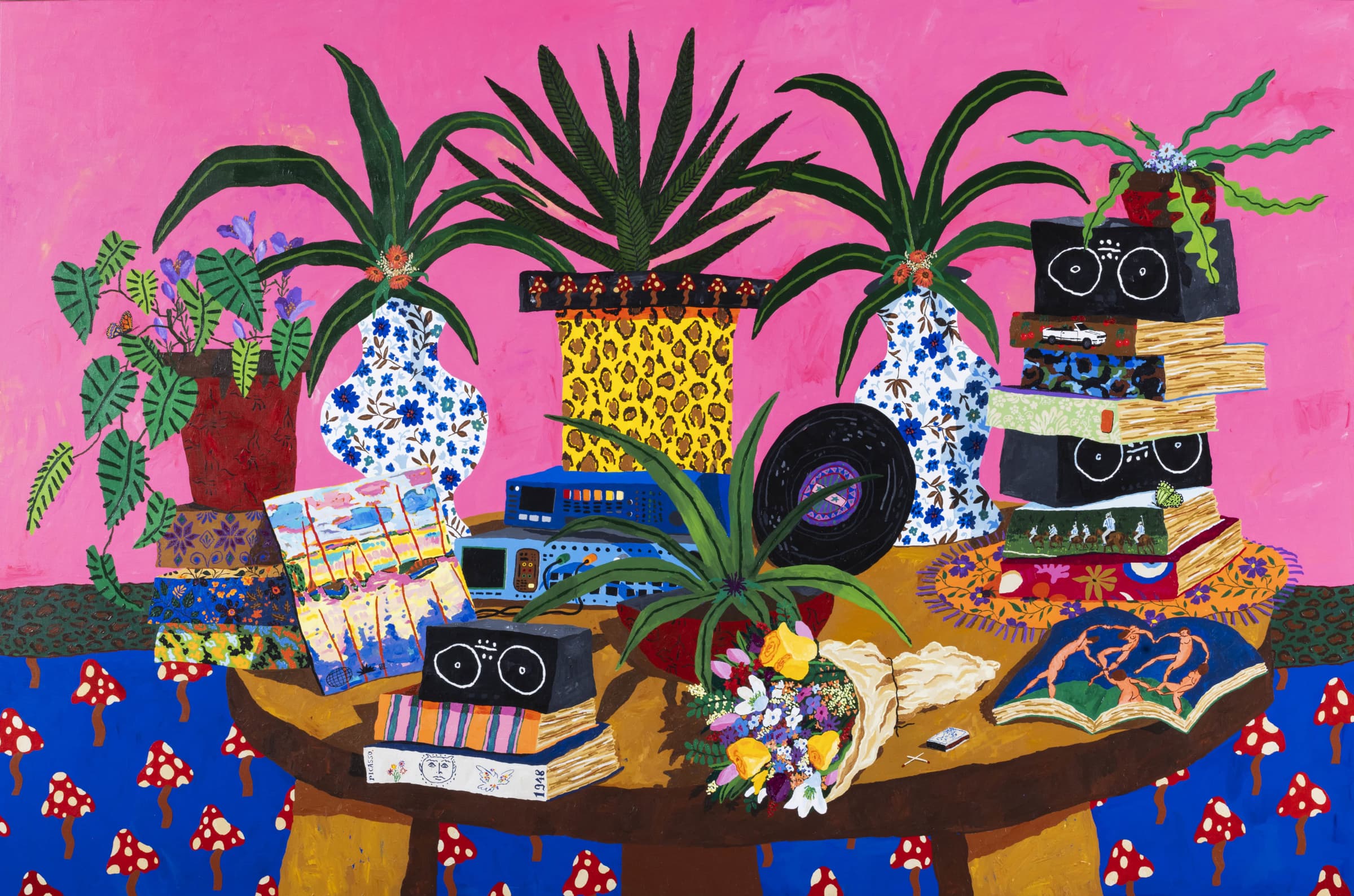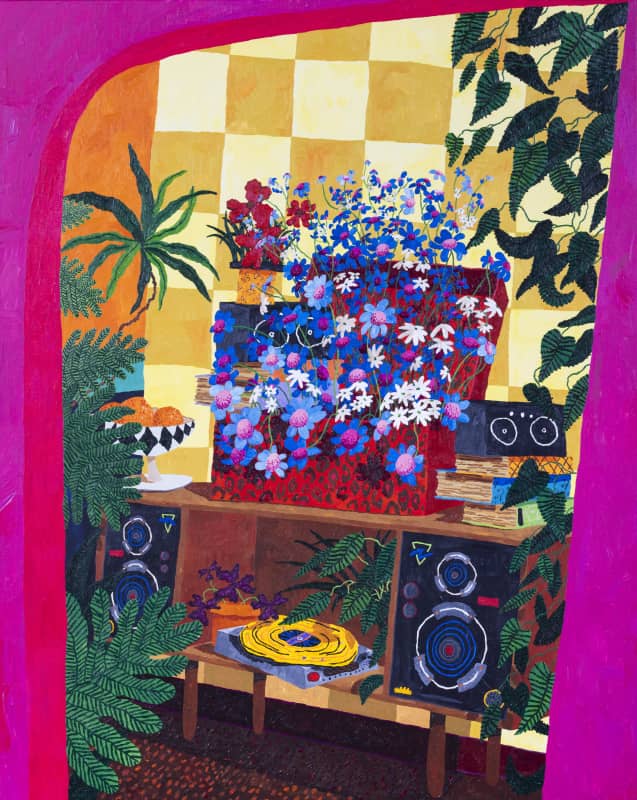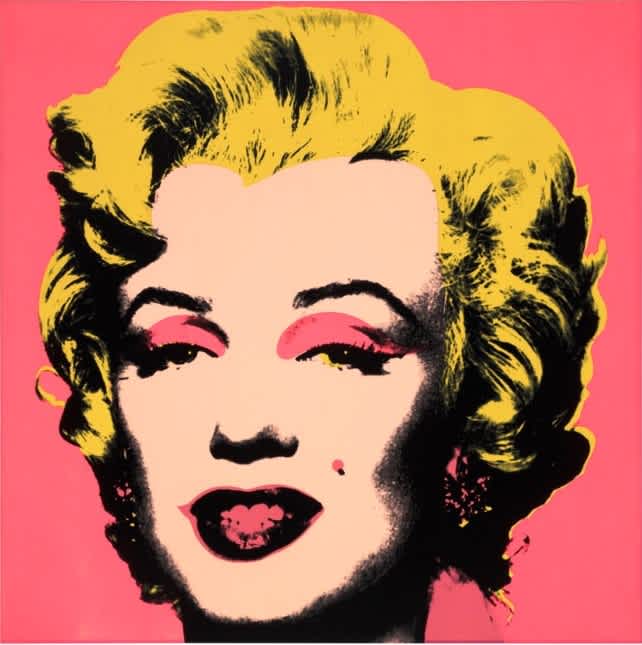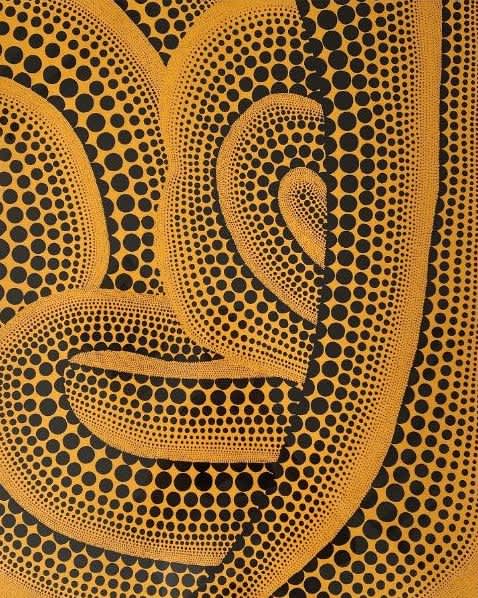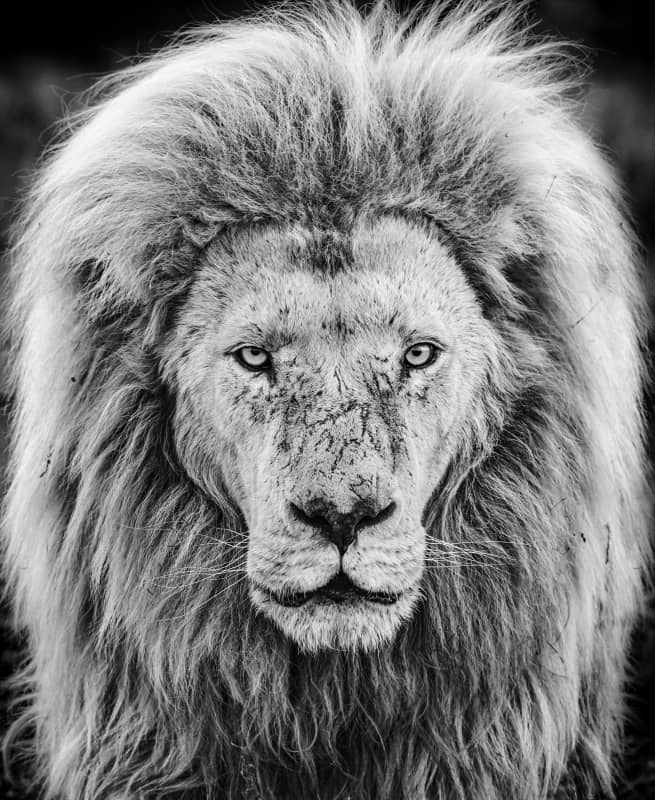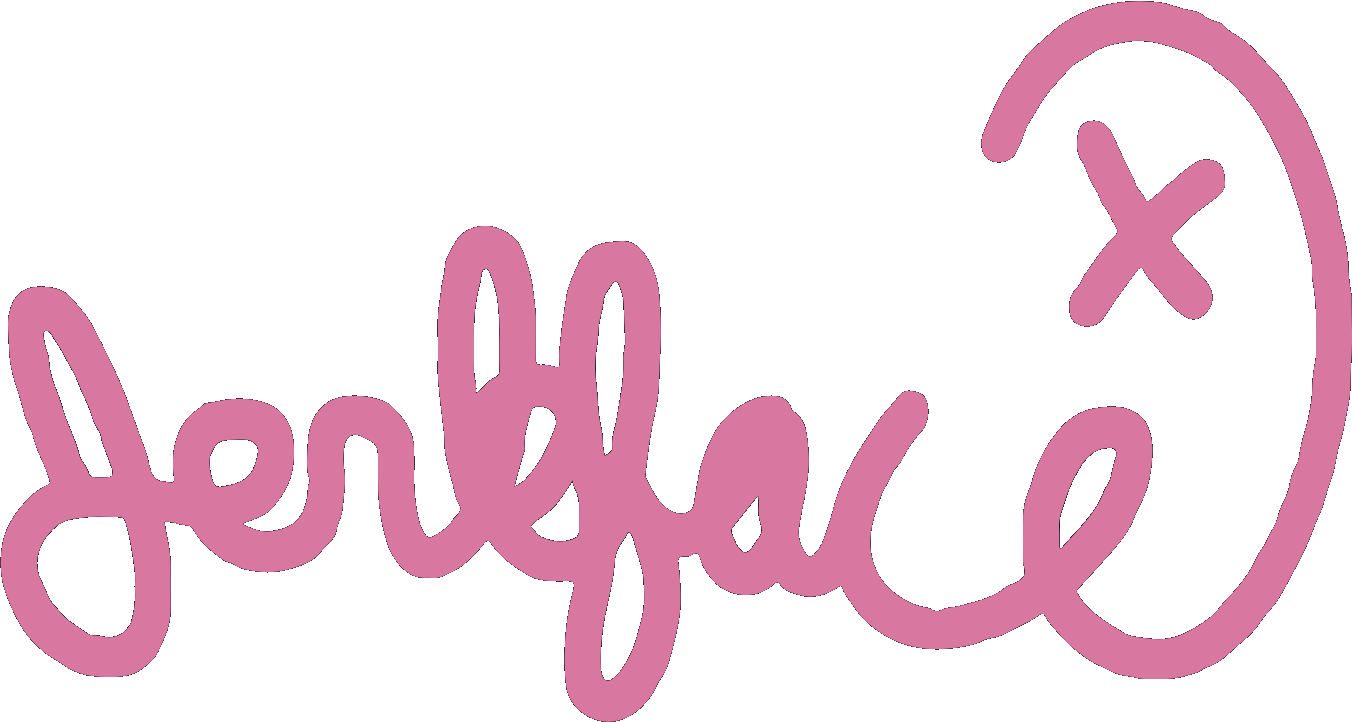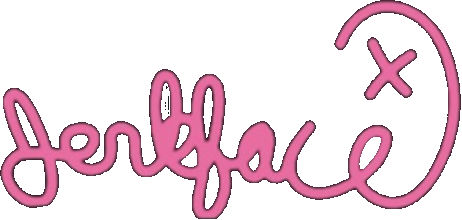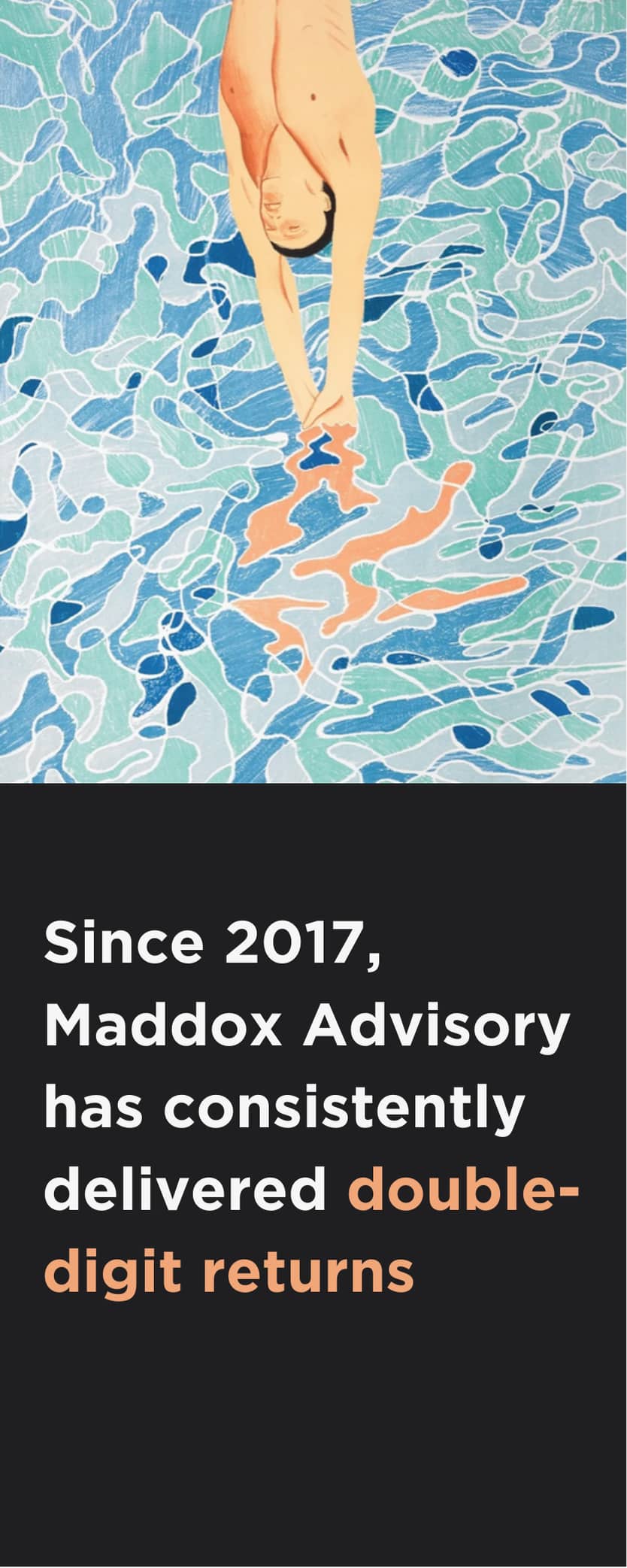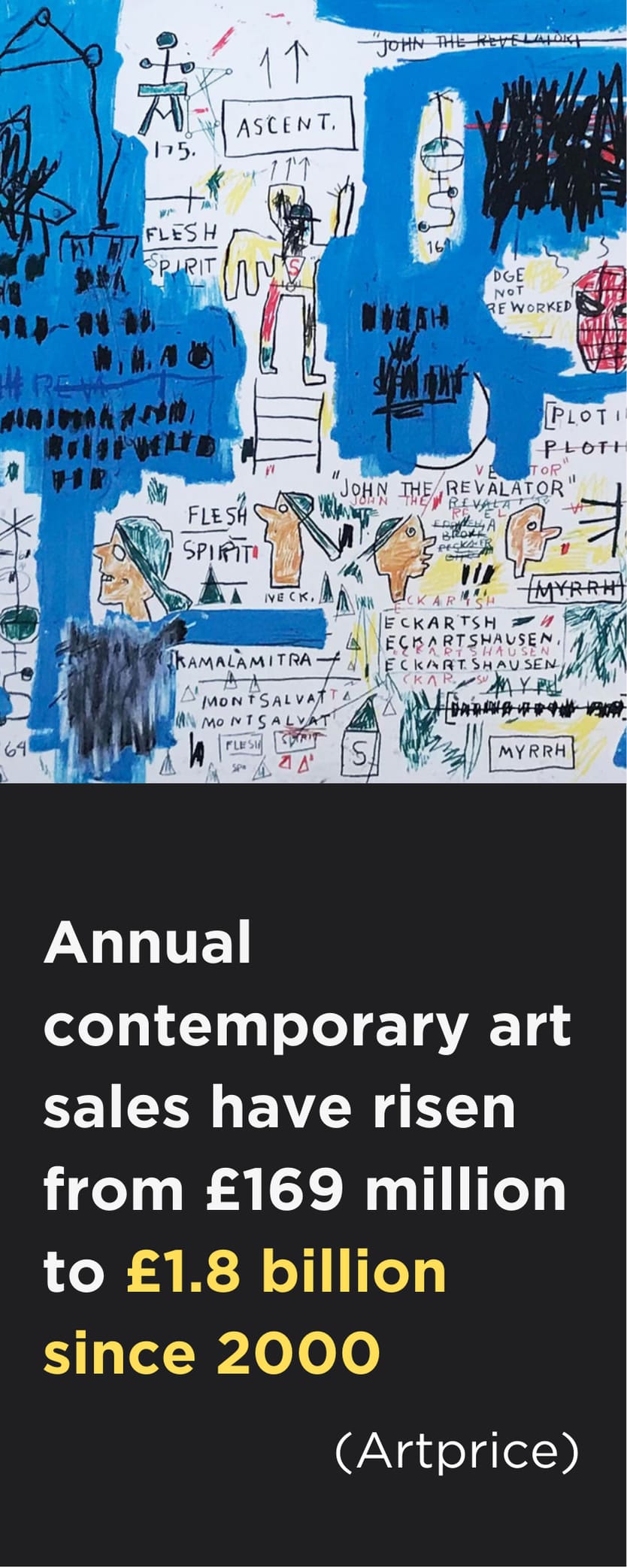From majestic wildlife to symbolic natural forms, these 8 Contemporary flora and fauna artists create nature inspired art that stirs the soul. In a world craving reconnection, their work invites us to rediscover wonder, wildness and our place within the natural world.
In today’s hyper-digital world, a return to the wild feels more vital than it has in generations. As collectors increasingly seek moments of clarity, peace and reconnection, many Contemporary artists are once again turning to nature as muse, metaphor and material.
Some artists delve into ecological art and environmental themes, using their practice to highlight fragility and resilience. Others reflect on the emotional and spiritual resonance of the wild, transforming flowers, animals and natural forms into powerful expressions of joy, mortality and awe.
From sweeping landscapes to intimate animal portraits, the following painters, sculptors and flora and fauna photography artists explore the raw beauty, rhythms and symbolism of the natural world. Their nature inspired art speaks to something deeply human: the desire to find stillness amid chaos and to feel that we are part of, not separate from, the ecosystem that surrounds us.
8 Flora and Fauna Artists and Their Nature Inspired Art
Our selection includes both famous artists inspired by nature and rising talents who channel the beauty, symbolism and urgency of the natural world in their work, with each offering a unique perspective on what flora and fauna art can mean today.
#1. David Yarrow Animal Portraits: Nature’s Majesty at Risk
David Yarrow, Africa, 2018, Edition of 12
Celebrated for his dramatic black-and-white wildlife photography, David Yarrow captures the majesty of animals in a way that feels both reverent and raw. Each of his large-scale animal portraits of elephants, tigers, wolves and lions is an emotional encounter, designed to confront viewers with the untamed power of the wild.
In Africa (2018), Yarrow immortalised Tim, one of the world’s last great tuskers—an elephant with exceptionally large, heavy tusks that almost touch the ground. Framed at close range and printed at monumental scale, the image exemplifies Yarrow’s talent for pairing technical precision with soul-stirring intimacy.
In The Cure (2020), Yarrow turns his lens to the Serengeti, portraying a majestic male on the hunt in this epic lion artwork that radiates primal presence. The Cave (2019), meanwhile, shot in the sweltering heat of Ranthambore, India, gives a haunting glimpse of a Bengal tiger stepping from shadow into sunlight, capturing a fleeting moment in a world where such encounters are increasingly rare.
Beyond their aesthetic impact, Yarrow’s works speak to the increasing fragility of the natural world. His wildlife art serves as a visual call to action, highlighting the beauty of endangered species while urging their protection. In doing so, he has earned recognition as one of the most important Contemporary wildlife artists of his generation.
#2. Yayoi Kusama: Pumpkins, Organic Patterns & the Natural Psyche
Yayoi Kusama, Pumpkin (YY), 1996, Edition of 120
Yayoi Kusama has long drawn inspiration from the natural world. Her signature pumpkins, with their earthy curves and rhythmic spots, blur the line between the organic and the surreal.
Across her expansive body of nature inspired art, Kusama reflects the repetitive patterns found in cells, spores and animal markings, echoing nature’s underlying structures in hypnotic, hallucinatory ways. Her fascination with repetition, a recurring theme in her practice, mirrors the cycles of growth, decay and regeneration that govern the natural world.
Nature has offered Kusama a spiritual and psychological anchor throughout her life. In her acclaimed 2021 exhibition ‘Cosmic Nature’ at the New York Botanical Garden, this lifelong connection was made explicit, positioning her among the world’s most famous flora and fauna artists. From spotted animals to blooming forms, her nature inspired art is a visual expression of inner chaos, soothed by the steady pulse of the organic world.
#3. Andy Warhol Endangered Species: Imperilled Icons
Andy Warhol, San Francisco Silverpot Butterfly (F.S II.298), 1983
In 1983, Andy Warhol turned his attention from pop culture icons to endangered animals, producing one of the most unexpected yet poignant series of his career. ‘Endangered Species’ features 10 bold silkscreen portraits of at-risk creatures, including the African elephant, giant panda and tree frog, rendered in vibrant, high-contrast hues that mirror the artist’s celebrity portraits.
Commissioned by the art dealers Ronald and Frayda Feldman to raise awareness of wildlife conservation, Warhol approached these animal artworks with the same sensibility he brought to Marilyn Monroe and Elvis. Each species became a stylised emblem of fame, vulnerability and impermanence, suggesting that, like his celebrity portraits, they too were disappearing under the bright glare of human attention.
The ecological art in Warhol’s ‘Endangered Species’ series offered a sharp commentary on commodification, extinction and the uneasy intersection of beauty and loss. In transforming endangered animals into pop icons, he forced viewers to confront the way society consumes both nature and fame, making this series a lasting contribution to the canon of art inspired by nature and a unique expression of concern from one of the world’s most famous artists.
#4. David Hockney Ecological Art: Nature as Observer and Companion
David Hockney, Untitled No.15 From “The Yosemite Suite”, 2010
Few Contemporary artists inspired by nature have observed it with the constancy and joy of David Hockney. From the wild woods of Yorkshire to the sun-soaked Yosemite Park in California, his landscapes, flower studies and seasonal scenes reveal a lifelong love of the natural world.
Across series like ‘The Arrival of Spring’ and ‘The Yosemite Suite’, Hockney transforms the changing light, trees and skies of beloved places into immersive, nature inspired art. Rendered in radiant colours, these works celebrate renewal and the daily ritual of observing. In ‘My Window’, a series of 120 digital sketches made from his bedroom in East Yorkshire, Hockney shows how beauty can unfold within the same view, day after day. And his ‘Flowers’ series, developed over the course of his career, is a meditation on light and space, capturing tulips, lilies and daisies with a painter’s attentive eye.
With the advent of the iPad, Hockney used technology as a new way of connecting with nature. His iPad Drawings, begun in 2010, offer digital depictions of flowers and landscapes that remain unmistakably his. They reaffirm that, for Hockney, nature is a lifelong companion and constant source of optimism.
#5. Mulgil Kim: Stillness and the Botanical Spirit
Mulgil Kim, Green Blanket, 2025
For the emerging artist Mulgil Kim, nature is both a subject and a sanctuary. Known for her lush, introspective compositions, the South Korean artist creates flora and fauna art that invites the viewer to slow down, breathe deeply and reconnect.
In works like Sleep Well (2025), depicting a woman in a sea of softly painted grass, and Green Blanket (2025), where birds transform branches into clotheslines of living green, Kim’s imagery blends the surreal with the serene. These dreamlike scenes are not depictions of nature as it is, but what it feels like when we’re most attuned to it.
This meditative sensibility stems from lived experience. Kim’s 673-day “Art Road” journey across 46 countries, and her “National Art Road” trip through Korea, deeply influenced her understanding of nature as both a physical and emotional landscape. As she reflects: “My work is an invitation to pause—a quiet moment to breathe and reconnect with your inner self.”
Kim’s nature inspired art stands apart for its tenderness. At a time when overstimulation is the norm and slowness feels radical, Kim’s paintings are a visual exhale: a reminder of nature’s power to restore. Experience the soulful beauty of Kim’s work firsthand at ‘Paradiso’, our summer group show running from 27 June to 22 August at Maddox Berkeley Street.
#6. Cooper: Flowers, Domestic Joy & the Art of Looking Closely
Cooper, Where Are We Going, 2025
Nature is ever-present in the everyday life of American artist Cooper. From his early wildflower murals on the streets of Los Angeles to his latest canvases, which teem with daisies, blossoms and lush foliage, flora is the beating heart of his domestic world.
Surrounded by plants in his studio in Indiana, Cooper paints with an infectious sense of joy and gratitude. His nature inspired art blends the botanical with the biographical: vases of daisies sit alongside stacked books, vintage record players, bowls of oranges and patterned rugs, each object part of a larger tapestry of lived experience. “The more you look at something, the more beautiful it becomes,” he explains, a mantra that shapes both the content and spirit of his work.
Through his bold colours, playful details and focus on the everyday, Cooper channels the wonder of the living world into scenes that overflow with texture, colour and the vitality of the outdoors. Not grandiose or exotic, his paintings of plants and flowers are personal, familiar and full of feeling, reminding us that nature can be right in front of us, blooming on the table.
#7. Alessandro Florio: Animal Portraits with Soul and Symbolism
Alessandro Florio, Chiostro San Domenico, 2024
With their expressive eyes, saturated colours and symbolic staging, Alessandro Florio’s paintings offer a bold reinterpretation of animal portraits, presenting them as rich allegories of identity, emotion and heritage.
Born in Sicily and originally a tattoo artist, every piece Florio creates is rooted in place, with Sicily ever-present in his colours, forms and palette of oranges, olives and golds. Yet his work transcends geography. Influenced by early Italian masters like Giotto and Cimabue, he distills animal forms into something abstracted yet soulful, poised between figuration and ornament.
In Chiostro San Domenico (2024), patterned panthers gaze upwards at botanical arrangements. With its gilded palette, the piece echoes Byzantine iconography while drawing from the tropical vibrancy of the Mediterranean. Elsewhere, in Crocifissione di Gesù e I Due Ladroni (2024), Florio reimagines the biblical crucifixion through a surreal trio: one figure’s head is replaced with a leopard’s, flanked by two human companions, all linked by looping red cords. It’s a contemporary vision of suffering and solidarity, and a vessel for deeply human emotion.
Florio stands out among Contemporary artists inspired by flora and fauna for the way he imbues animals with meaning, placing them at the heart of the human story. His nature inspired art evokes a kinship between human and animal emotion that honours his untamed subjects while nodding to the wild within ourselves. The symbolic richness of Florio’s paintings will be on full display at ‘Paradiso’, our summer group show running from 27 June to 22 August at our Berkeley Street gallery.
#8. Bran Symondson Wildlife Art: Transformation in the Wake of Destruction
Bran Symondson, Pappillon Prevails, 2015
Bran Symondson’s work begins where destruction ends. A former soldier turned artist, he transforms decommissioned AK-47s into canvases for life, adorning them with real butterflies and pressed flora.
In Papillon Prevails (2015), a short-barrelled AK-47 blooms with iridescent wings beneath a glass dome—a visual contradiction that speaks volumes. By juxtaposing weapons of war with emblems of fragility and transformation, Symondson offers a striking meditation on violence, vulnerability and the possibility of renewal.
In his practice, nature is a protagonist—one that heals, unsettles and reconstructs what violence has undone. The tension between organic beauty and brutal machinery makes each work a powerful symbol of resilience rising from ruin. In reconfiguring these tools of conflict, Symondson allows butterflies to reclaim space once occupied by bullets.
Among today’s most thought-provoking flora and fauna artists, Symondson’s work transcends decoration to become an act of protest, transformation and hope. In a world where violence so often dominates the visual landscape, his wildlife art reimagines survival as an act of creative resistance.
Conclusion: A Return to the Wild
Across painting, photography and sculpture, these flora and fauna artists underscore a vital truth: that nature is not separate from us. Instead, it is a mirror of our own fears, joys and resilience. In their hands, flowers become symbols of hope, animals echo our inner lives and natural patterns speak to memory, mortality and meaning.
At a time when the living world feels more essential than ever, these works challenge us to see the beauty in every detail, to honour the wild and to recognise our place within the ecosystem of life. From famous wildlife artists to up and coming artists, paintings of animals to limited-edition flora and fauna prints, each brings their own vision of what it means to be connected to nature. In doing so, they invite us to see nature as something sacred, precious and inseparable from our future.
Ready to bring the wild indoors? Browse our curated collection of flora and fauna paintings and prints to discover powerful, nature inspired art by established and emerging artists.
Looking for guidance? Speak to a Maddox Art Advisor to find the perfect piece that reflects your relationship with nature, and your unique collecting style.
Insight: What Is Flora and Fauna Art?
Flora and fauna art refers to artwork inspired by the plant and animal kingdoms. ‘Flora’ encompasses everything from wildflowers to forests, while ‘fauna’ includes birds, mammals, insects and marine life.
Spanning painting, photography, sculpture and mixed media, these natural subjects carry deep symbolism. Artists often use them to explore themes of growth, fragility, emotion and the human relationship with the natural world. Rich in detail and metaphor, flora and fauna art resonates.
Collector Insight: The Market for Flora and Fauna Art
Nature inspired art has enduring appeal across both traditional and Contemporary collectors. As environmental awareness grows, collectors are increasingly drawn to works that celebrate or comment on the natural world.
From David Yarrow’s wildlife photography to Damien Hirst’s butterfly works, flora and fauna themes are a mainstay in investment-grade art. Prized for their emotional resonance and decorative versatility, they tend to perform well in both gallery and auction settings, With growing relevance and aesthetic longevity, nature-based art remains a powerful addition to any collection.
